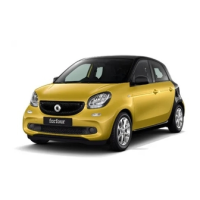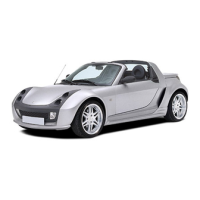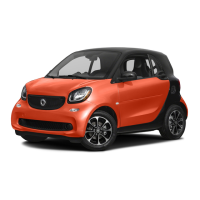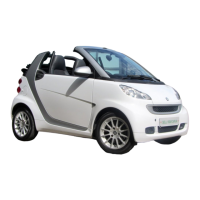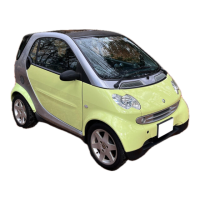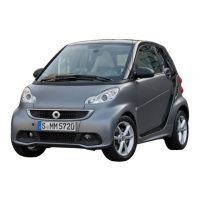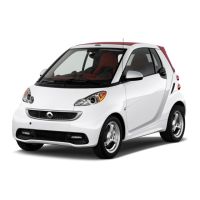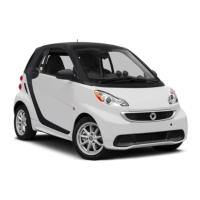Suitability of the seats for attaching belt-secured child restraint systems
Observe the following notes:
R
When
using
a category 0/0+ baby car seat and a rearward-facing child restraint system on a
rear seat: adjust the front seat so that the seat does not touch the child restraint system.
R
For certain child restraint systems in weight categories II or III, the maximum size setting
may be restricted, for instance due to possible contact with the roof.
R
Make sure that the child's feet do not touch the front seat. If necessary, move the front seat
forward slightly.
R
The child restraint system must not touch the roof or be put under strain by the head
restraint.
R
Observe the child restraint system manufacturer's installation instructions.
Legend for the table:
R
X: Not suitable for children in this weight category.
R
U: Suitable for child restraint systems in the "Universal" category used in this weight
category.
R
UF: Suitable for forward-facing child restraint systems in the "Universal" category used in
this weight category.
R
L: Suitable for semi-universal child restraint systems in accordance with the table in
"Overview of the recommended child restraint systems" (Y page 42) or if the vehicle and the
seat are listed in the child restraint system manufacturer's vehicle model list.
Front-passenger seat
Weight categories Front-passenger front air-
bag is enabled
Front-passenger front air-
bag is disabled
1
Category 0: up to 10 kg
X U, L
Category 0+: up to 13 kg
X U, L
Category I: 9 to 18 kg
UF, L U, L
Category II: 15 to 25 kg
UF, L U, L
Category III: 22 to 36 kg
U, L U, L
Rear seats
Weight categories Left, right
Category 0: up to 10 kg
U, L
Category 0+: up to 13 kg
U, L
Category I: 9 to 18 kg
U, L
Category II: 15 to 25 kg
U, L
Category III: 22 to 36 kg
U, L
1
The
front-passenger
front airbag must be disabled. The PASSENGER AIR BAG OFF indicator lamp must be
on.
Children in the vehicle
41
>> Safety.
Z
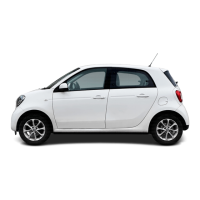
